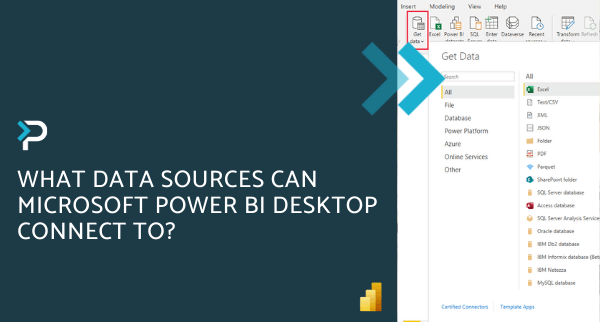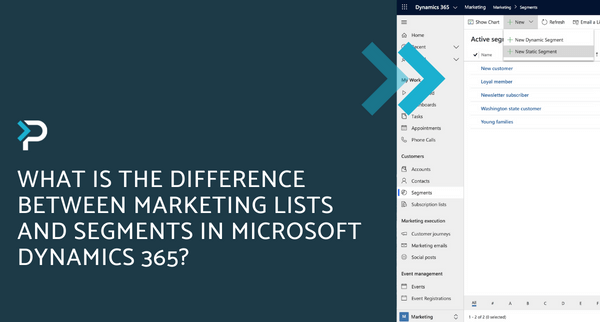What can trigger a change in business processes and applications?
What can trigger a change in business processes and applications?
June 7th, 2021
4 min read
Earlier this year, Microsoft released their Dynamics 365 Implementation Guide which details in-depth the various topics related to digital transformation and the vision for Dynamics 365, in the aim to prepare those embarking on a Dynamics 365 implementation. At nearly 700 pages long, the document contains a lot of information – some of it more relevant than other sections, depending on what stage your business is at.
Over the next month, we will be sharing a 5-part implementation series on our blog, covering these key areas:
- Triggers to changes in business processes and applications
- Preparing your business for change
- What is Requirements Scoping and why do we do it?
- How we implement Dynamics 365 at Pragmatiq
- What happens after a Dynamics 365 implementation
In the following blog post, we explore some examples of how changes in the business model, disruption in an industry, new regulations, or even external factors like global events can be a catalyst that triggers changes to business processes and applications.
1. Changes in customer segment
As businesses evolve their products and expand their target customer base, they often see that their approach to nurturing their potential customers also needs to evolve. To support this, targeted messaging that resonates and is delivered through relevant channels becomes extremely critical. Without a clear view of your audience, communication notes, preferences, product/service history, etc, your business is unable to make an informed decision on how best to market and sell to your prospects. Businesses should evaluate if their CRM and/or Marketing Automation platform supports this change and allow them to work in the most efficient way.
2. New channels
Customer channels that the business uses to deliver their product and services are evolving. For example, customers expect remote delivery of services via digital channels instead of an in-person visit to an office or store, which is further necessitated by evolving circumstances such as the COVID-19 pandemic. Changes like this can have an impact on existing customer channels, but also presents challenges for accessing new markets; you should consider if your current business processes support this change. You might have to review how you market to and reach customers, as your current methods may not be having the desired impact. Also, consider your sales cycle – is this changing alongside evolving customer expectations? To support your business, it is crucial that you have the right technology in place. Consider whether the systems you have in place can be customised to reflect evolving processes, or whether they are too rigid and structured?
3. Change in revenue streams
As businesses evolve, they often create new revenue streams. For example, a finance broker in a highly competitive market might choose to provide additional services to expand their revenue stream. Are you aware of how your revenue stream changes impact your business applications?
4. Cost and efficiency
New technologies offer efficiency advantages that can reduce operational costs. For example, charities and non-profit organisations can onboard new volunteers or supporters using Microsoft Power Apps Portals, to share and view all key information, rather than emailing documentation back-and-forth. Or, a manufacturing company that sends out a high volume of quotes and orders to customers and suppliers, can send these using automated document generation functionality, approval workflows, and electronic signatures instead of paper-based solutions. Are there opportunities in your business to drive process efficiencies using the latest technology? If you are already using Dynamics 365 and recognise additional areas where you require support, you may be able to leverage some of the other applications within the Microsoft eco-system.
5. External factors
Changes in the socioeconomic situation, political climate, and regulations can affect the way organisations conduct business. For example, the EU’s decision to bring in the General Data Protection Regulation (GDPR) affected every business with employees and customers in EU, which required changes to their business applications to ensure compliance. Are you aware of new and changing regulations that could impact your business? Additionally, do your existing systems support this?
Get in touch
The five areas we have covered above are just a few examples of triggers that can disrupt your existing business model and as a result, impact the technology your organisation requires.
We welcome a conversation to understand more about your business and whether you are currently facing any challenges, that Dynamics 365 can support with. Please get in touch via the contact form, or email us at info@pragmatiq.co.uk / call us on 01908 038110.
Want to keep in touch?
Sign up to our newsletter for regular updates.
"*" indicates required fields


